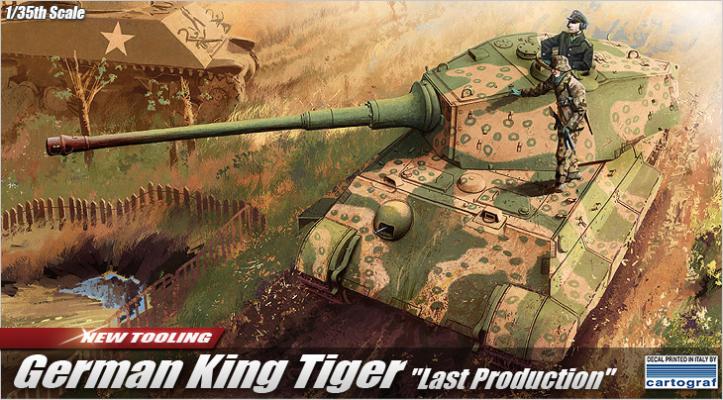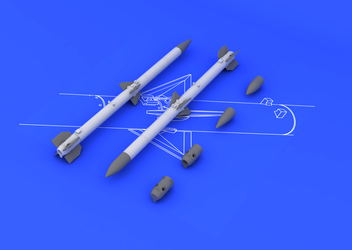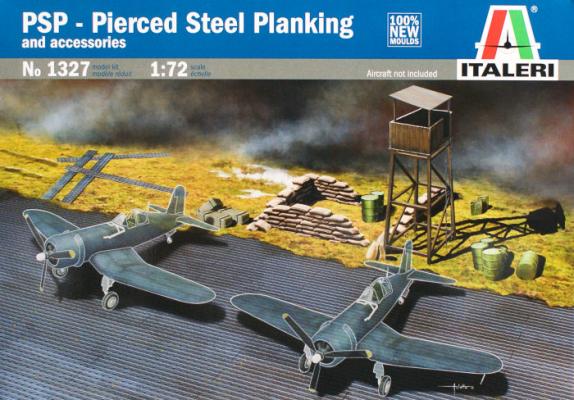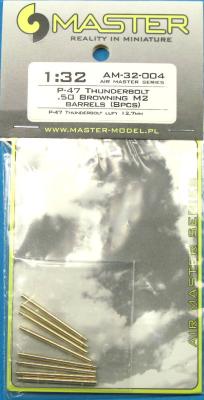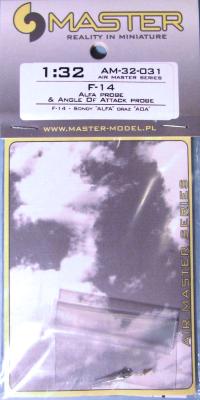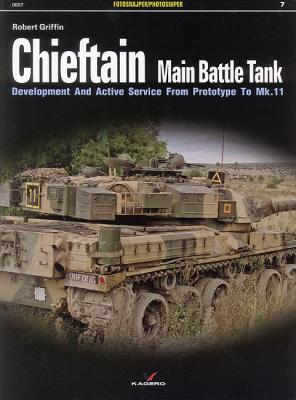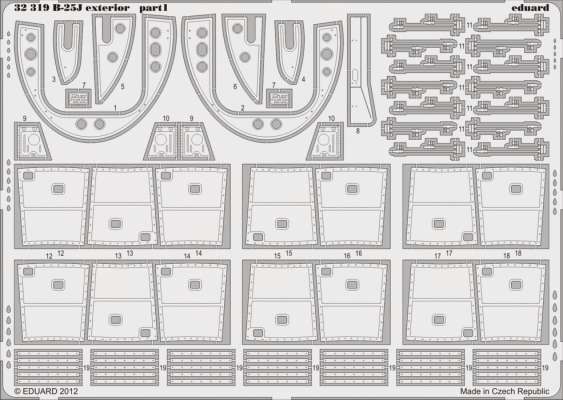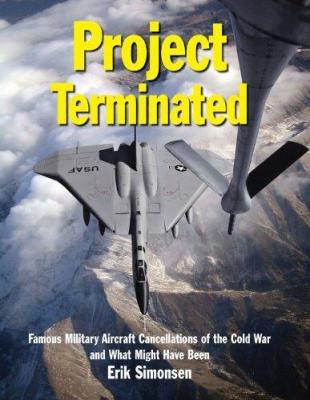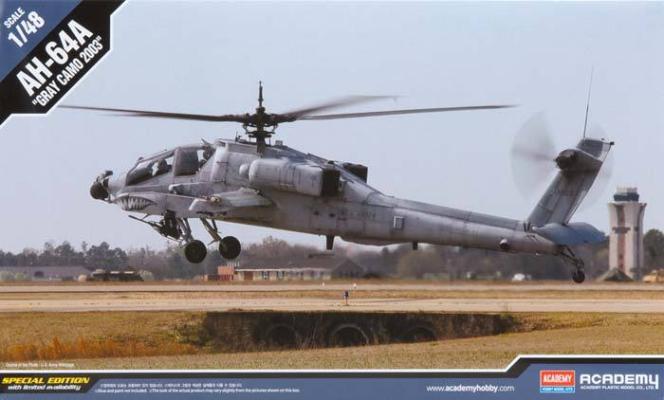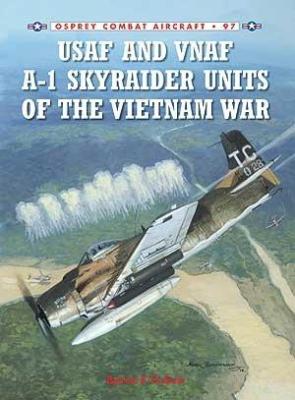The Tiger II "Königstiger" (Bengal Tiger) was the most powerful combat tank produced and deployed during World War II. Up to the end of the war, the Allies did not introduce anything that could effectively counter it on the battlefield. The Tiger II combined a powerful and effective gun with thick, sloped armor that was virtually impervious to any Allied tank or anti-tank gun. The Tiger II was armed with a long-barreled 88mm L/71 gun and had 150mm frontal armor and 80mm side armor. Front and side plates were sloped and interlocked, which created a strong defense against Allied firepower. This tank was known as the King Tiger and Royal Tiger.
What's New
Background
The AIM-120 Advanced Medium-Range Air-to-Air Missile, or AMRAAM, is a modern beyond-visual-range air-to-air missile (BVRAAM) capable of all-weather day-and-night operations. Designed with the same form-and-fit factors as the previous generation of semi-active guided Sparrow missiles, it is a fire-and-forget missile with active guidance.
This is a most unusual kit to review. It is of PSP – Pierced Steel Planking used during WW II to build runways quickly. It was also called Marsden Mat.
These runways were used mostly in the Pacific theatre of the war. They were assembled quickly by Seabees on the islands of the Pacific as the Allied forces got closer to Japan. They were usually painted olive or black and the steel showed thru as wear took its toll.
This kit consists of a 9.25 by 13 inch base molded in light grey plastic. Most of the base of PSP has some ground cover to show the accessories. The accessories are a lookout tower, sandbags, extra PSP, 55 gal. oil drums, and several petrol cans.
I first sprayed the whole base with a dark grey/black primer. I then drybrushed OD over the PSP and then lightly drybrushed steel to show the wear. I painted the ground surfaces several shades of sand. I used Vallejo acrylic paints on the painted surfaces.
Master Models has released a set of 8 machined brass gun barrels for the current batch of 1/32 scale P-47 kits. One nice thing is that these barrels will fit either the Hasegawa release or the Trumpeter release.
The barrels are perfectly made and already have the ends drilled out. The attached pictures show a comparison to the Hasegawa barrels, although there is really not any comparison – there are no seam lines and they have no sprue points to sand down.
There is a 1:1 scale picture showing the proper alignment. To use this set in the Trumpeter kits, simply paint and glue the barrels in place. The Hasegawa kit will have to have the bulkhead drilled to accept the barrels, which you can then paint and glue. The drawing will then insure proper alignment.
As a member of the IPMS/USA Review Corps, I have had the wonderful opportunity to review a few items now from the Polish company Master Model. The topic for this review is a new set designed to upgrade your 1/32 scale Tomcat. Unlike most of the sets that I have reviewed, there is no one recommended kit to use these new parts on, so I compared the items to what Revell, Tamiya, and Trumpeter kits offer in plastic. As I have these kits sitting in my stash, I decided to show how all three big-scale Tomcats can be improved with these new parts.
This book covers all the Chieftain versions from prototype to mark.11 – that means all the main battle tank versions of this significant AFV from the cold war. The only versions not covered are the special mission vehicles, like the bridge layer and recovery vehicle that are based on the Chieftain chassis.
The book was written by Robert Griffin, who has served in the Chieftain for several years and can provide first-person impressions on its performance and spice up the reading by adding details of crew living conditions in the vehicle.
The book’s breakdown covers:
Eduard continues their releases for H-K Models' 1/32 B-25 with an exterior upgrade set which addresses several areas. These include the engine with new wiring to the spark plugs, a crankcase placard, and detailed guards above the cylinders. The wheel wells get detailed with the new bulkheads for the main gear and inside detail for the nose gear door. Lastly, the cowlings get interior detail on the inside of the cooling flaps and doors, as well as detail on the framing.
This set consists of two frets of non-colored PE which have excellent relief. Most of the parts, such as interior door, cooling flap interiors, bulkheads, and engine placard, require no kit modifications. I simply bent the part to shape by pressing and super glued them in place. There were then painted, washed, and dry brushed.
This book covers 11 different Cold War aircraft; many of which were built and flown but never went into production. All but one aircraft has its own chapter. The book has a striking cover with a very well done fake photo of a production F-108 Rapier approaching a tanker to refuel. This is only a hint of what is to come!
Chapter one discusses the Northrop B-49A and RB-49A. It begins with the development of the flying wing by Northrop and the predecessor of the B-49, the propeller-powered B-35. This continues through development and testing and the reasons for canceling the B-49. The chapter is filled with many wonderful digital prints of B-49s as they would have looked in service. Three that show B-49Ds in Southeast Asia markings still serving beyond the 1960s and RAF examples give the “what-if” modelers many ideas.
History Brief:
This is a “Special Edition” version of the AH-64 as seen during the Iraqi War in 2003. The aircraft was named after the North American Indian nation, the Apache from the southern Great Plains and beyond. Originally manufactured by Hughes Helicopters(1975-1984), then by McDonnell Douglas(1984-1997) and Boeing(1997-present), it was first flown on 30 September 1975, entered service with the US Army in April 1986, and is still on active duty today. The AH-64A features a 4-blade main rotor powered by twin turbine engines, a tandem cockpit, nose mounted sensor suite, upgraded electronic missile equipment system, and a state of the art 30mm (1.2 in) M230 Chain Gun weapon system. When compared to its contemporaries, the Apache is hands-down and by far the most powerful, robust, and sophisticated combat-proven attack helicopter ever devised by man.
The Product:
The Skyraider was a part of the war in Southeast Asia from the start and soldiered on until the war ended in 1975. This volume looks at Skyraiders operated by US pilots in Vietnamese markings, as well as those operated by both USAF and Vietnamese pilots. From the early days when the US was extremely secretive about it’s involvement until the end, the Skyraider was there.

